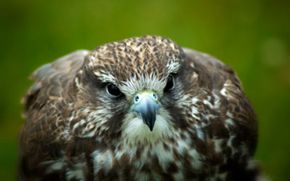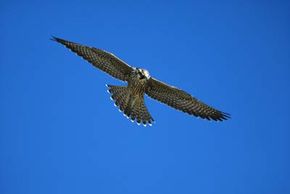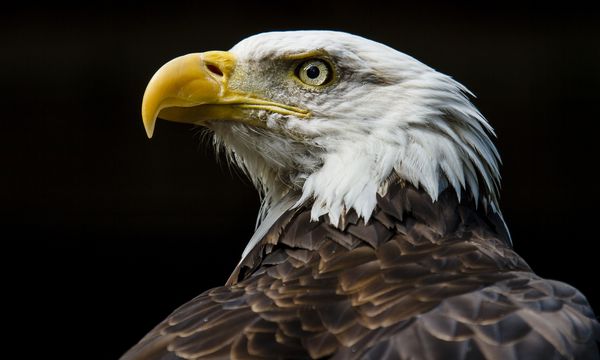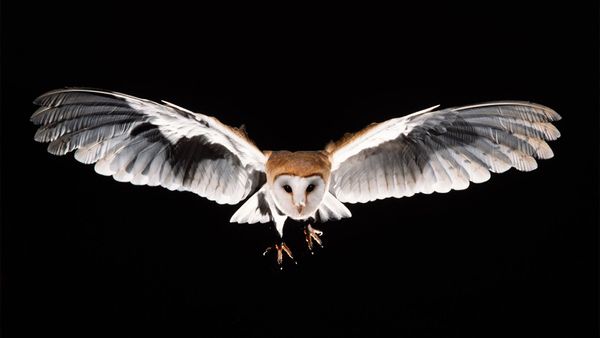Key Takeaways
- Peregrine falcons can fly at speeds between 40 and 60 mph (64 to 97 km/h) during normal flight, but can reach over 200 mph (322 km/h) in a hunting dive.
- Their speed is due to powerful flight muscles, a large keel, pointed wings with stiff feathers, and efficient cardiovascular and respiratory systems.
- Living in high-altitude habitats like cliffs and tall buildings helps them gain speed during their dives.
Walking down a New York City street, the last thing you might expect is for a torpedo to come barreling down at you from atop the Empire State Building. Yet as you absentmindedly watch the pigeons peck away at someone's discarded tuna on rye, an oncoming streak of gray and white barely gives you enough time to take cover under a nearby bench. The pecking pigeons aren't so lucky, and the torpedo, which now appears to have a beak and talons, flies off to a nearby skyscraper, pigeon in tow, to enjoy its snack.
By now you probably realize that the flash of feathers was one of the peregrine falcons that now call bustling cities like New York home. Mistaking these birds for quick-moving torpedoes is an easy one to make, though, considering that the once endangered birds can reach speeds in excess of 200 mph (320 kph) when they dive for prey [source: Cornell Lab of Ornithology]. These guys could give Dale Earnhardt Jr. a run for his money, no pit stops needed.
Advertisement
When many people are asked to name the world's fastest animal, they immediately think of the cheetah. But if they were to look up at the sky, they'd find an aerial acrobat that can achieve speeds more than three times as fast. With their powerful chest muscles, long wingspan and streamlined shape, peregrine falcons are truly built for speed -- NASCAR couldn't have designed them any better.
Found on every continent except Antarctica, peregrine falcons are the most widespread bird in the world, absent only on isolated islands and in high mountains, expansive deserts and jungles. Although it may be difficult to spot one sitting still, you can identify them by their bluish-gray backs and similarly colored long, pointed wings, as well as the white and black spots on their bellies. They also have black stripes set against their whitish faces, which resemble mustaches.
As fast as they are, peregrine falcons could barely outrun (or outfly) the dangers of Dichloro-diphenyl-trichlorethane (DDT). Beginning in the 1940s and lasting through the early '70s, the entire American peregrine falcon population experienced drastic declines due to the widespread use of this deadly pesticide, which caused their eggshells to weaken and break and led baby peregrine falcons to die before hatching. By 1975, only 324 known nesting pairs, or mating couples, were left. Thanks to some fast action and the Endangered Species Act, the peregrines are speeding back to health and their numbers now stand at about 2,000 to 3,000 breeding pairs [source: U.S. Fish and Wildlife Service].
Advertisement



